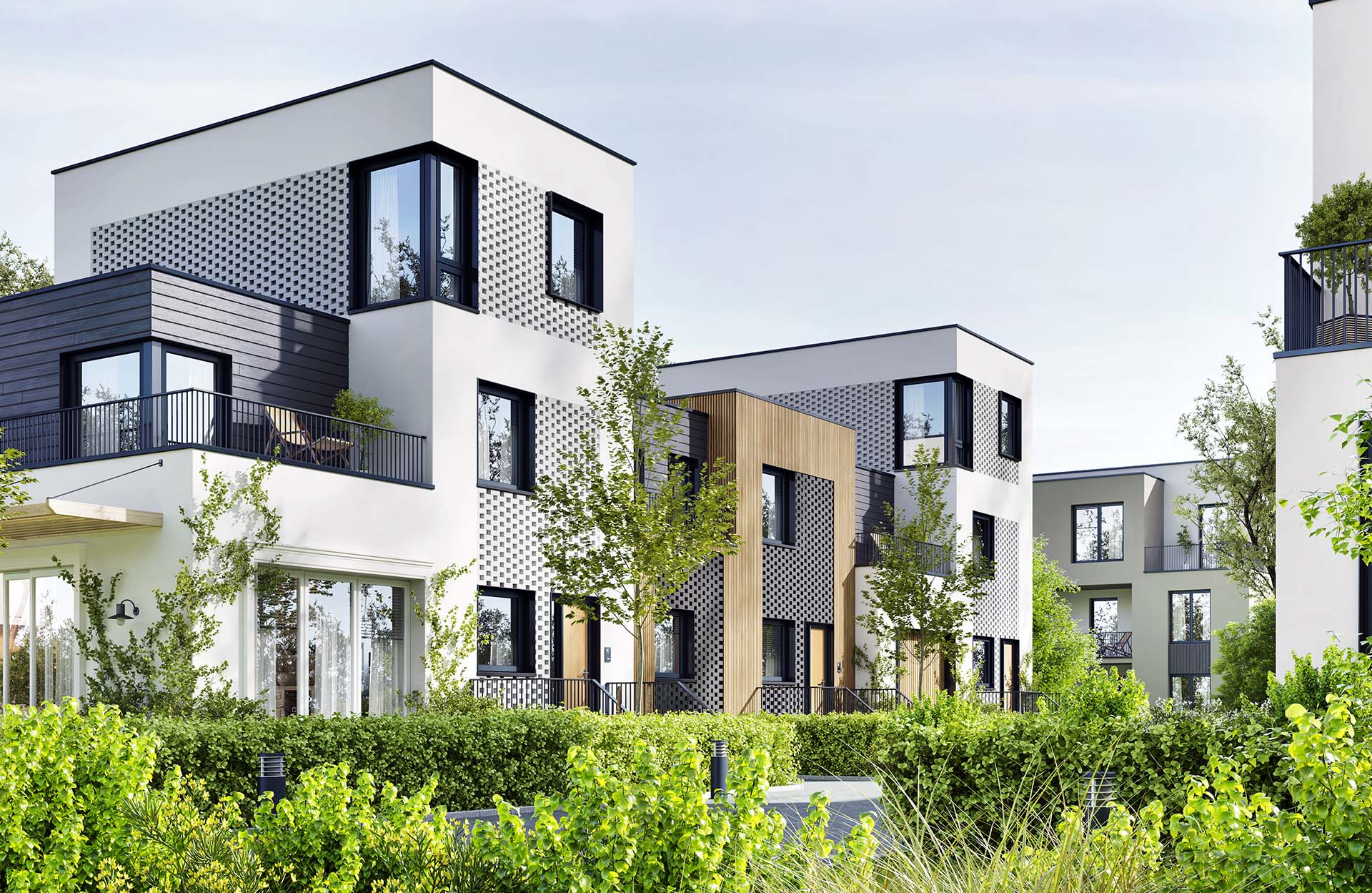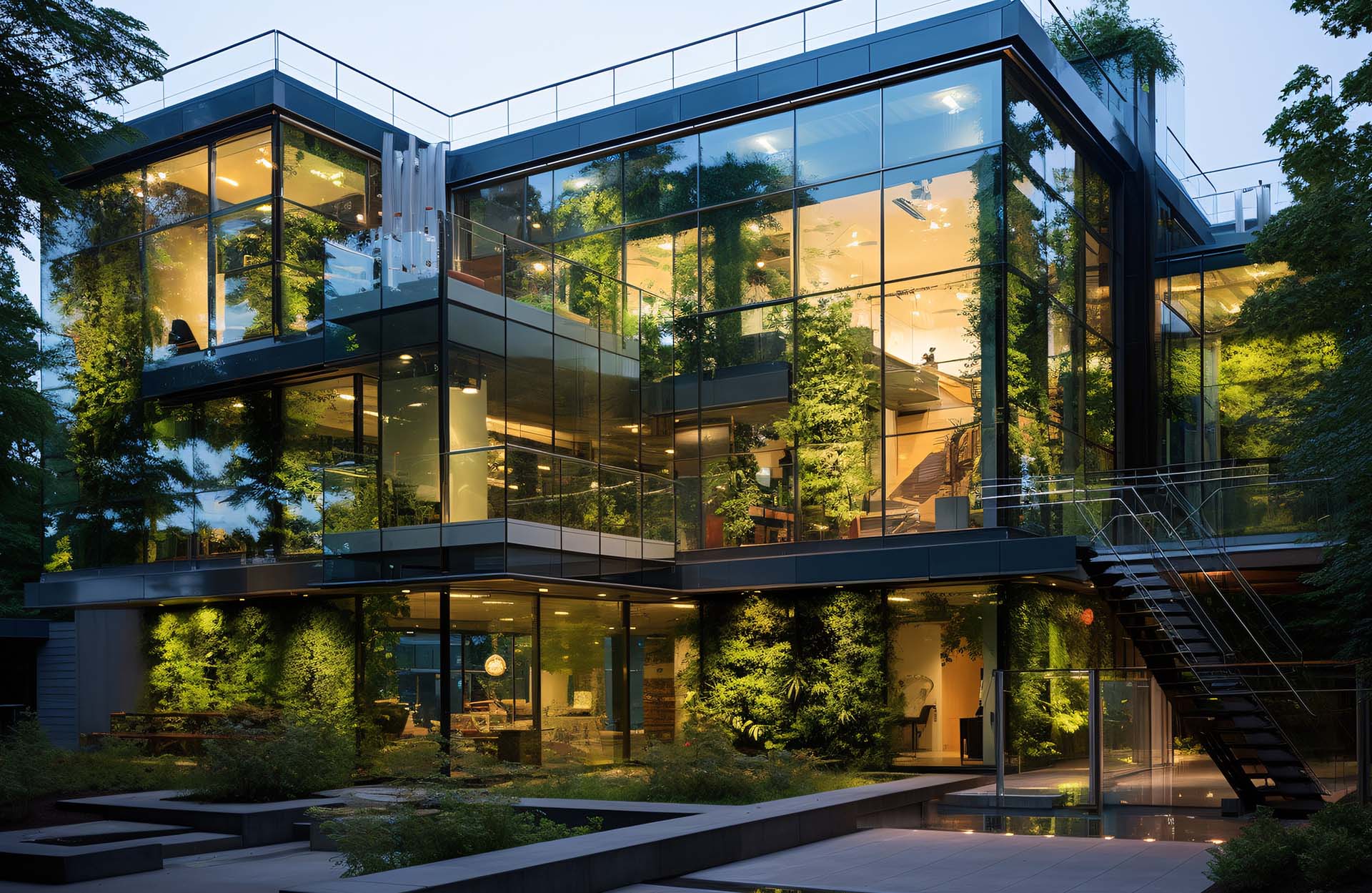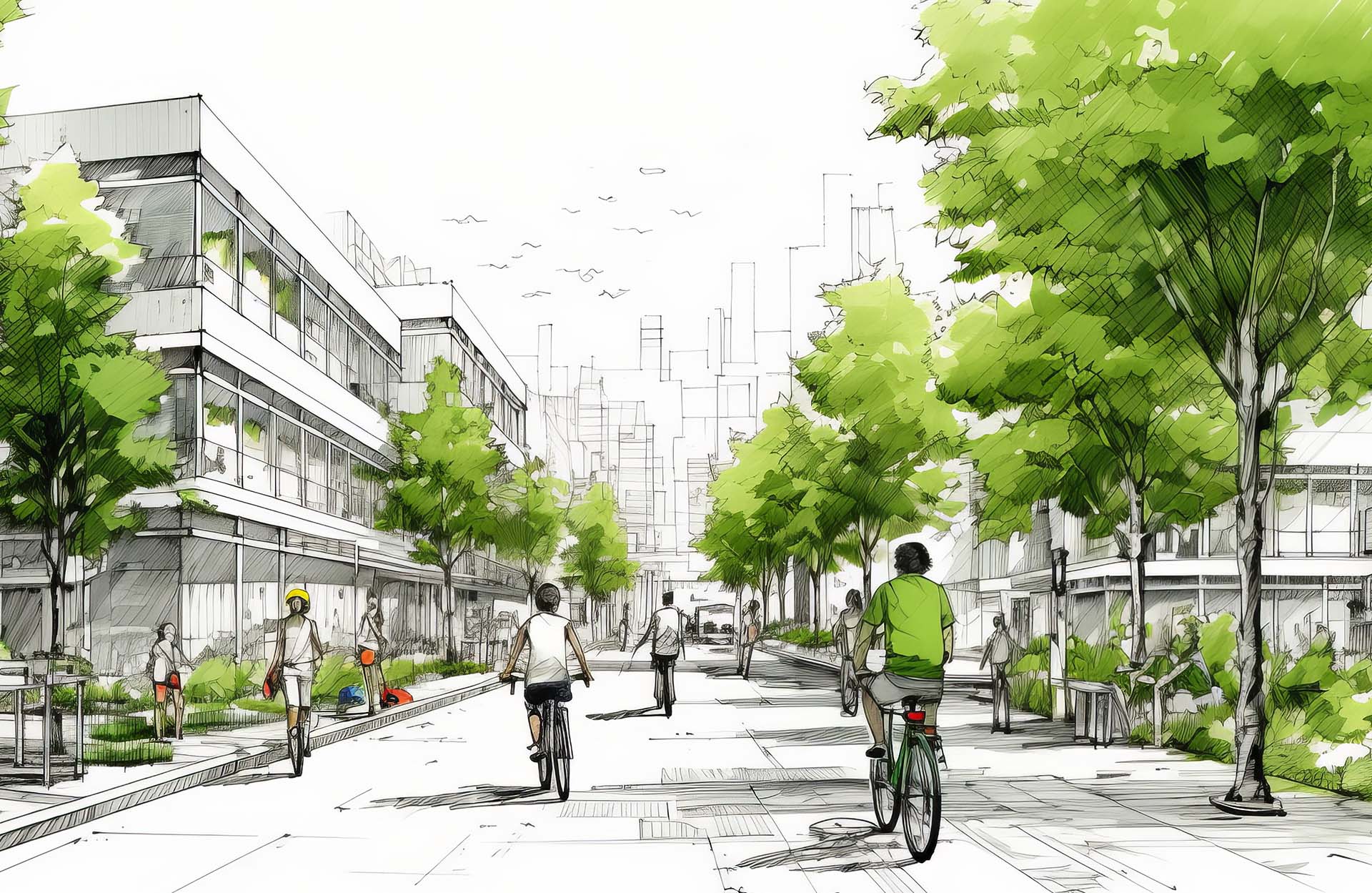Just before the year ends, we thought we would look ahead to what’s coming in 2023.
Some of what we have to look forward to is NSW specific, and others apply nationwide.
New Building Code – 1 May 2023
On the national front, the new building code will come into effect in 2023. It is in fact the 2022 code but there are various adoption dates. Most of the code is due to come into effect on 1 May 2023.
NCC/BCA Residential Buildings – 1 October 2023
The new liveable house, energy efficiency and condensation mitigation requirements commence on 1 October 2023.
In summary, the changes will include:
- A new minimum level of thermal performance equivalent to “7 stars” NatHERS thermal performance, to improve the thermal comfort of homes year-round.
- A new annual energy use budget that provides a flexible approach to encouraging the selection of more efficient equipment.
*from ABCB
In NSW much of the planned changes to the code are already dealt with in BASIX. The trend is the code and BASIX are converging.
NCC/BCA Commercial Buildings
On the commercial building side, the changes to the code include:
- New Performance Requirements now require certain buildings to have features which facilitate the future installation of on-site renewables and electric vehicle charging (B1P1(2)) and J1P4 of Volume One).
- The NABERS Energy Verification Method is expanded to Class 2 common areas, Class 3 buildings and Class 6 shopping centres (J1V1 of Volume One (2019: JV1)).
- New DTS Provisions to facilitate the future installation of electric vehicle charging equipment in carparks associated with Class 2, 3, 5, 6, 7b, 8 or 9 buildings (J9D4 of Volume One).
- New DTS Provisions to facilitate the future installation of solar photovoltaics and battery storage (B1D3(a) and J9D5 of Volume One). This excludes houses.
*from ABCB
For those of us using the code on a daily basis the big change is that the numbering system for every clause is changing. The new system is more rational but when you are used to the current clause numbering system any change is a challenge!
NSW – A New Policy – State Environmental Planning Policy (Sustainable Buildings) 2022
As part of NSW governments target to reduce greenhouse gas emissions by 50 per cent by 2030 (compared to 2005 levels) and net zero emissions by 2050, the NSW state government has introduced this new SEPP. In turn, the new SEPP aim is to minimise the consumption of energy and potable water, reduce greenhouse gas emissions from energy use, monitor the embodied emissions of building materials, and deliver buildings that are comfortable in summer and winter.
The SEPP will include new requirements for both residential and non-residential buildings assessed under a Development Application. It will also incorporate the current SEPP (Building Sustainability Index: BASIX) 2004, therefore the current BASIX SEPP will be repealed.
New sustainability provisions for non-residential buildings will also arrive. However, the extent of these requirements will depend upon the scale and type of development proposed. To align with the Policy, accompanying the new SEPP will bring about amendments to associated Environmental Planning and Assessment (EP&A) Regulations.
Residential Component (BASIX)
Updating the BASIX standards are geared to further improve the thermal performance of homes. Key changes to existing BASIX standards for new residential buildings are an increase of the thermal performance standard from an average of 5.5-6 stars to 7 stars NatHERS rating, and an increase of between 7-11% in greenhouse gas reduction, however this standard varies depending on location and type of residential development proposed.
The BASIX standards are consistent and complementary to those in the proposed National Construction Code (NCC) 2022, so don’t forget to check in with the NSW variation in the NCC for relevant provisions relating to BASIX buildings – BASIX does not completely replace the BCA in NSW, as so often is the misguided perception! The BASIX online tool will be updated and there will be the introduction of a materials index to measure embodied emissions of construction materials.
Non-Residential Component
The sustainability provisions for non-residential development are new and include general provisions for waste minimisation, reduction of energy and water, storage and generation of energy. Mandatory embodied emissions reporting will also be required at DA and again if changes are made at CC stage. The embodied emissions reporting will involve disclosure of quantity of materials used and associated embodied emissions. The material quantities are to be certified by a quantity surveyor, qualified designer or engineer. These new measures will apply to all non-residential developments and may influence early submissions of Section J reports at DA stage.
Further requirements for large commercial developments and certain State Significant Development include a Net Zero Statement to provide evidence that the development does not use fossil fuels or is capable of transitioning by 2035. Energy and water performance verification will also apply to large commercial development. This is to be demonstrated by identifying the method used under Section J of the BCA at DA stage with a follow up Section J report at CC stage, entering into a NABERS commitment agreement, and obtaining a NABERS energy assessment within 24 months of occupation.
The Sustainable Buildings SEPP and Regulation amendments will commence on 1 October 2023 which lines up with the NCC/BCA adoption dates.
We will go into more detail on the various aspects of all the changes in the New Year.





